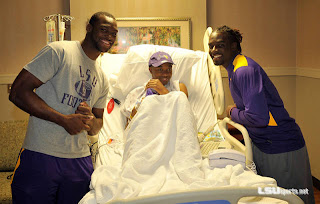I’ve already shown you the basic movement required to strengthen the abdominal core,now let’s take it to another level. The plank pose is one of the best abdominal core strengthening exercises there is, but the level you take it to really depends on your current fitness level. Whichever level you are at currently, you will need to be proficient at abdominal hollowing exercises–so practice if you have not yet mastered that move.
There are many variations of plank pose. The one I prefer is for athletes, yogis or anybody already having the strength to maintain the top of a push-up position. However, anyone can do the plank pose. Watch the video below to see the proper way to do plank pose, as well as an alternate version for those who currently have a little less strength.

















